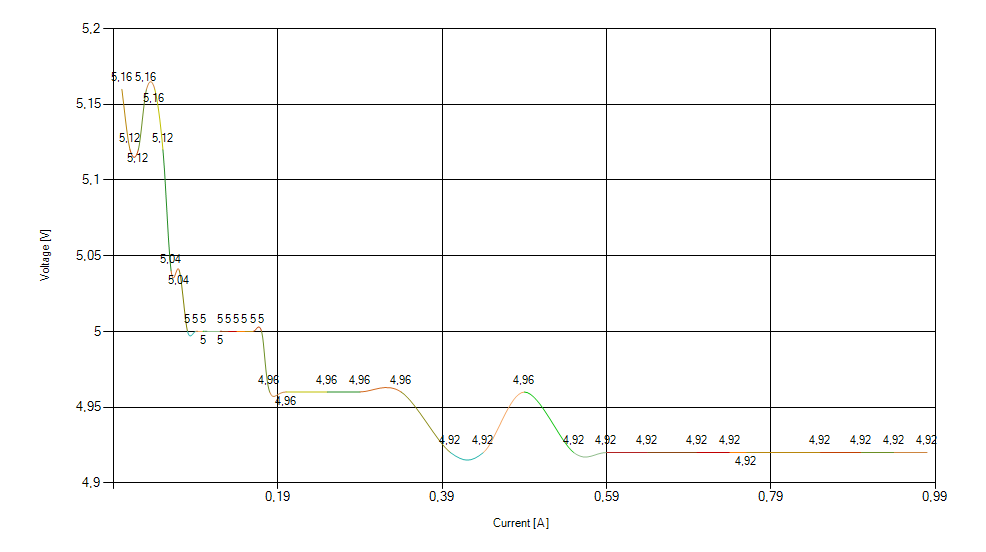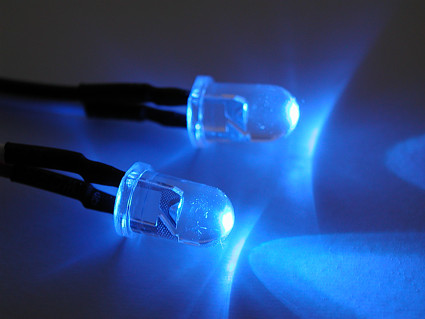In this video I’m going to show you how to build a night light or ambient light for your room, but you can use the same guide to light up your media room, book shelve, display case or anything else that you want to. This project is quick and super easy to build so it’s perfect weekend project. Also, all parts are easy to get and available off the shelf and end result is… awesome!
Leave a CommentTag: DIY

See it in action
In the video above, you can see first a power up sequence where all four dials go from zero to 100% and back to zero after which they start showing real time CPU, Memory, Network and GPU usage. After that we run a internet speed test to show how the real-time information is displayed on the dials.
Project update
I am very pleased to announce that this project has turned into a product!
Thanks to collaboration with Streacom, you can now purchase VU Dials.
First, let’s see it in action
It’s a bit hard to capture how this clock really looks, especially since my camera doesn’t really appreciate when there are sixty LEDs glowing into it. Trust me, it looks even cooler when you see it live.
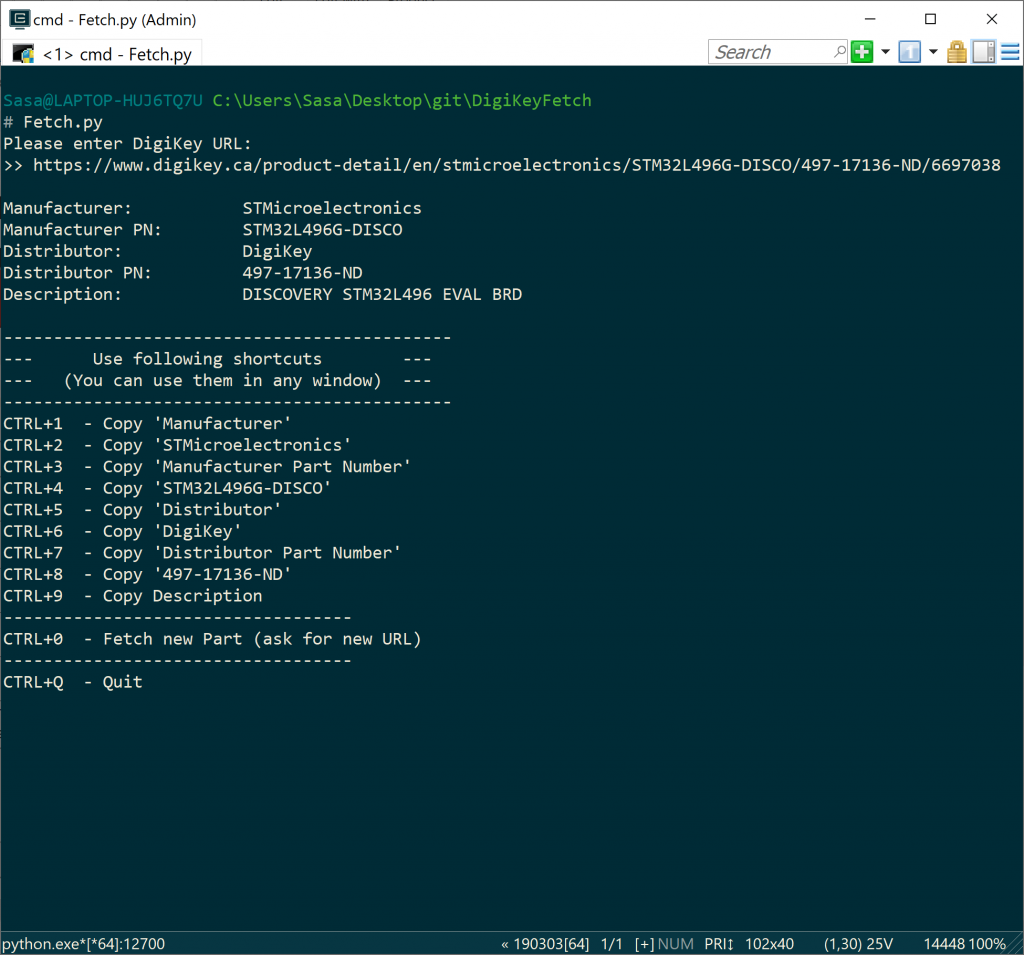
Making a BOM (bill of material) for projects and keeping them up to date is really important. But also it is a tedious task that few people enjoy.
In effort to improve workflow when creating new components or updating existing ones, I have create a Python script that will fetch all important data for a component that you might want to use.
This tool has greatly reduced number of alt+tab / copy & paste juggling from my creating/maintaining BOM workflow, and I hope it does the same for you.
Leave a Comment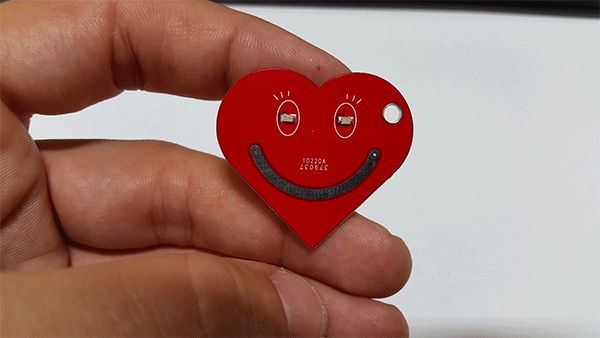
This one is a very simple but cool project, something that I would recommend to anyone who is interested into DIY electronics, gadgets and learning new stuff in general. It is definitely one of those projects that don’t require too much time but you can learn a lot by making it and also earn a lot of credit by sharing it with your friends and family.
Below you can see a final product. It’s a heart shaped, touch sensitive, keychain for your loved ones. On the front side there is a smiley face drawing that has eyes and mouth. Eyes have two red LEDs that will start to pulse once you touch the keychain or place you finger on the smiley face (see it in action below)
9 CommentsTheory behind this project
Another weekend project that I’ve been working on is Wake-up light. Lately I’ve been doing more research on sleep phases and how to “hack” your brain to wake-up more refreshed and adjust your sleep cycle. There are many studies out there explaining this and providing scientific evidence, so if this is something you are interested in, I encourage you to go and get more detailed information on this subject. However I won’t go into too much detail, I’ll just try to give very simple explanation: When you sleep, you are either in REM or deep sleep (NREM) phase. When you wake up in REM phase you feel fresh, relaxed and full of energy. When you are woken up during the deep sleep phase, you feel like you’ve just been hit by a bus, and you take long time to actually wake up.
2 CommentsUSB Power supply Active Load Tester or short PAL Tester is unit designed for testing the quality of the power supplies.
Idea was to create low-cost, precise device for simultaneous measurement of Voltage and Current drawn from the device under test. This is one of my weekend projects that I have decided to release to the public. All source files can be found on projects GitHub page.
Device Features:
- Open Source and Open Hardware
- Modular design, easy to understand and change/adapt to your needs
- Uses widely available and off-the shelf components
- Components Bill of Material is below $10
- Integrated USB-to-Serial converter for easier interface with the device
- API for communicating with PC
- Recording Voltage vs Amps data and graphing the results
- Easy to use
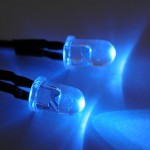 This is the Light Show made from LEDs and few discrete components like resistors and transistors. It transforms audio signal into light signal with LEDs. We have used two types of LEDs, white and blue, each one for different sound channel (from stereo audio output).
This is the Light Show made from LEDs and few discrete components like resistors and transistors. It transforms audio signal into light signal with LEDs. We have used two types of LEDs, white and blue, each one for different sound channel (from stereo audio output).
Our prototype was first built on solder-less breadboard. Link to YouTube video
Components that are required for this build:
– 5 VDC regulated power supply (You can use your USB cabel)
– 2 NPN transistors (any transistors will work, we have used BC547 for our prototype) (for one channel)
– 1x300K resistor and 1x33K resistor (for one channel)

